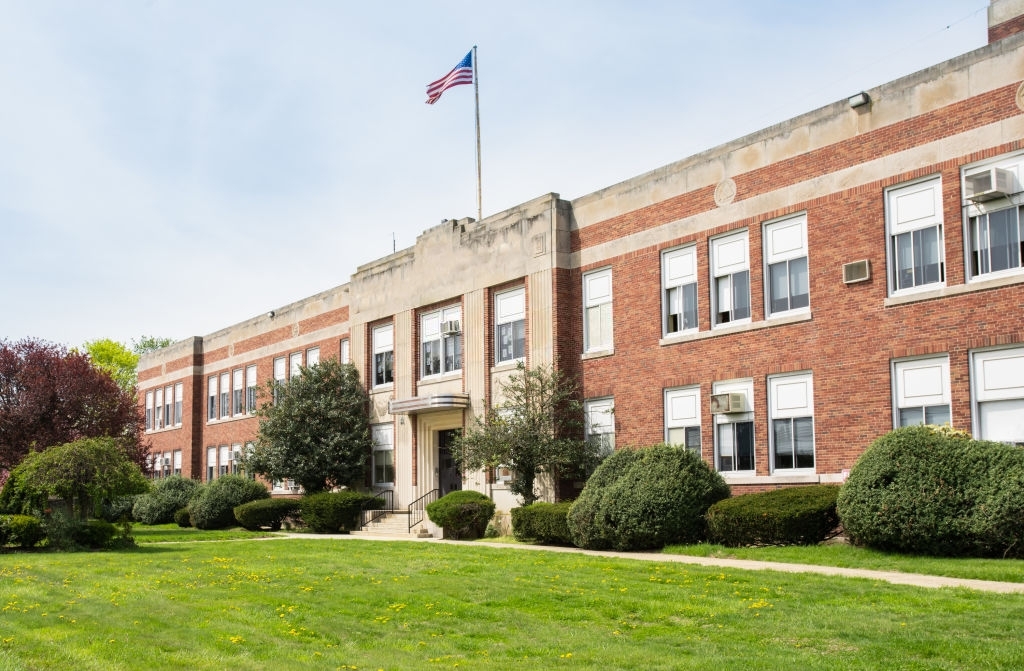VISIT
|
PROSPECTUS
|
APPLY
VISIT
|
PROSPECTUS
|
APPLY
History of Culford Hall and Estate
The present day Culford Hall is a listed historical building. It has been altered at different times in its history. The Hall is presently set within 480 acres of a beautiful Grade I listed park, designed by Sir Humphrey Repton.
The land in this area of Suffolk used to belong to the Abbey in Bury St Edmunds. Following the dissolution of the monasteries, in the reign on Henry VIII, the land was bought from the Crown by Christopher Coote in 1541. The estate later passed to Sir Nicholas Bacon, England’s first Chancellor of the Exchequer. In 1586 he had the old manor house, which stood on the site, demolished and built a 78-foot square Tudor style hall in red brick.
The estate subsequently passed, in 1660, to the Cornwallis family through marriage. The family transformed Culford into an 18th century mansion and in 1792 they employed Repton to draw up one of his famous ‘Red Books’ with a plan to landscape the park.
In 1823 Richard Benyon de Beauvoir bought Culford. The Benyon family managed the estate, and renovated the church in the grounds, before selling Culford in 1889 to the 5th Earl Cadogan.
The Cadogan family made many alterations to the Hall, including the addition of the north wing, designed by the architect William Young, which doubled the building in size. At that time the Culford estate extended to approximately 10,000 acres. This allowed the family to host many shooting parties, including, in December 1907, one which was attended by King Edward VII. The King’s Loo in Culford Hall was built especially for this visit and remains intact for visitors to see today!
On the death of the 6th Earl Cadogan, Culford Hall was put up for sale and subsequently bought by the Methodist Board of Education in 1935 to become the new site for its East Anglian School for Boys, which had previously been located in Bury St Edmunds.
In 1972 Culford became one of the UK’s first co-educational boarding and day schools, when the pupils from The East Anglian School for Girls joined the boys. The Cadogan family retain their links with Culford today. The Rt Hon Viscount Chelsea is the school’s Patron.
Culford School Today
Today, Culford School provides an education to over 750 boys and girls from age 1 to 18, to make them ready for life. Boarding is available from age 7 and in the Senior School more than half the children are boarders, the majority coming from East Anglia and the London area. Culford is proud of its outstanding pastoral care and for our pupils’ superb academic and extra-curricular achievements.




Today, Culford School provides an education to over 750 boys and girls from age 1 to 18, to make them ready for life. Boarding is available from age 7 and in the Senior School more than half the children are boarders, the majority coming from East Anglia and the London area. Culford is proud of its outstanding pastoral care and for our pupils’ superb academic and extra-curricular achievements.
During World War II, Stuartholme became the 42nd General Hospital of the United States Army. Unfortunately, it was not possible for students to stay at the School, so the School was packed up and moved firstly to Canungra and then at Southport.
For much of its history, Stuartholme operated as a boarding school only. Although the School now caters for both day and boarding students it remains Brisbane’s only Catholic girls’ boarding school.
As our School population has grown over the years, the facilities have also developed. The Library was built in 1986 and replaced the wartime structure left by the United States Army. The Spruson Building was added in 1992 and work began in 2002 on the multi-purpose Joigny Performing Arts Centre which replaced the old nurses’ quarters erected in 1942. Sporting facilities have been developed over time, with the most notable additions being the five tennis courts, oval and Aquatic Precinct.
For much of its history, Stuartholme operated as a boarding school only. Although the School now caters for both day and boarding students it remains Brisbane’s only Catholic girls’ boarding school.
As our School population has grown over the years, the facilities have also developed. The Library was built in 1986 and replaced the wartime structure left by the United States Army. The Spruson Building was added in 1992 and work began in 2002 on the multi-purpose Joigny Performing Arts Centre which replaced the old nurses’ quarters erected in 1942. Sporting facilities have been developed over time, with the most notable additions being the five tennis courts, oval and Aquatic Precinct.

